Nona Faustine confronts the past in New York
Artist Nona Faustine reframes New York's colonial past in an exhibition at the Brooklyn Museum
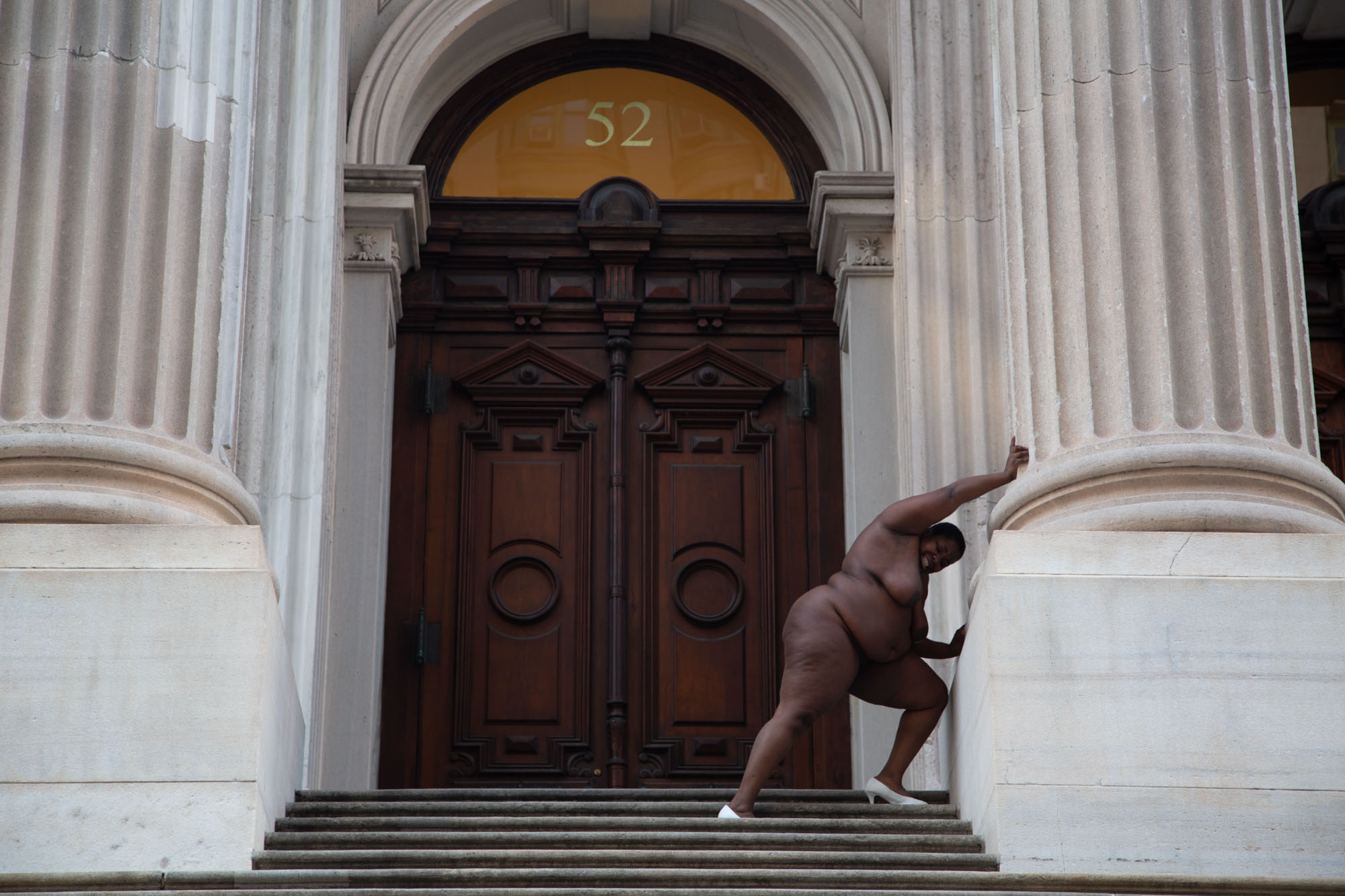
In her white shoes, New York-born Nona Faustine walks around her home city. She is visiting once blameless sites – from Prospect Park, to Harlem and Wall Street – which later left legacies of enslavement, horror and resilience.
Faustine has taken more than 40 self-portraits at these sites, currently on show at Brooklyn Museum. Often naked, both vulnerable and powerful, she frames herself against Lower Manhattan’s African Burial Ground or against the slave-owning sites in Brooklyn, in photographs she takes in the early morning, or at weekends when the city is quiet. In her white shoes, the links to colonialism and assimilation are stark in every image.
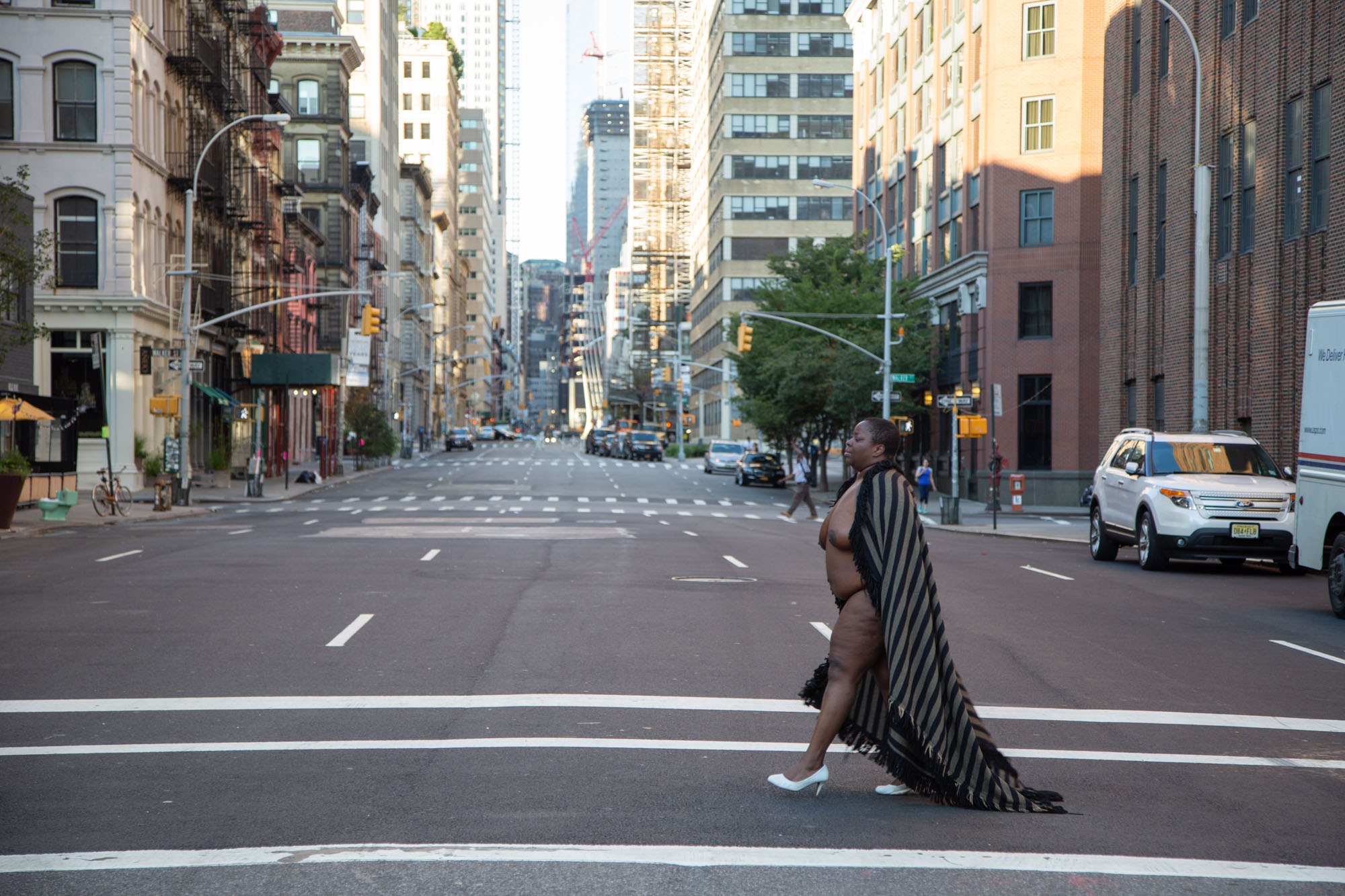
Walk to Freedom Frederick Douglass, Church St. & Lispenard St., NYC, 2015
Titled White Shoes, the series and eponymous exhibition, ‘capture the historical amnesia of New York City, a city much like the rest of the country that has not fully reckoned with its past,’ says Faustine. ‘I am a conduit travelling through space and time, in solidarity with people whose names and memories have been lost but are embedded in the land.’
‘Nona's presence throughout the White Shoes series centres the project on the experiential engagement of a Black woman artist living in 21st-century New York City,’ says Catherine Morris, Sackler Senior Curator at the Brooklyn Museum’s Elizabeth A Sackler Center for Feminist Art. ‘The White Shoes project is a lesson in history (including a lesson about how history is taught, or not taught); it is also a personal rumination on landscape as both an art historical trope and as a site of complex encounters (with places that typically do not share their secrets), and finally, it is a personal exploration on the part of an artist who is brave enough to unapologetically insert her (often nude) body into an indefatigable contemporary city in order to talk about the effects of the past.’
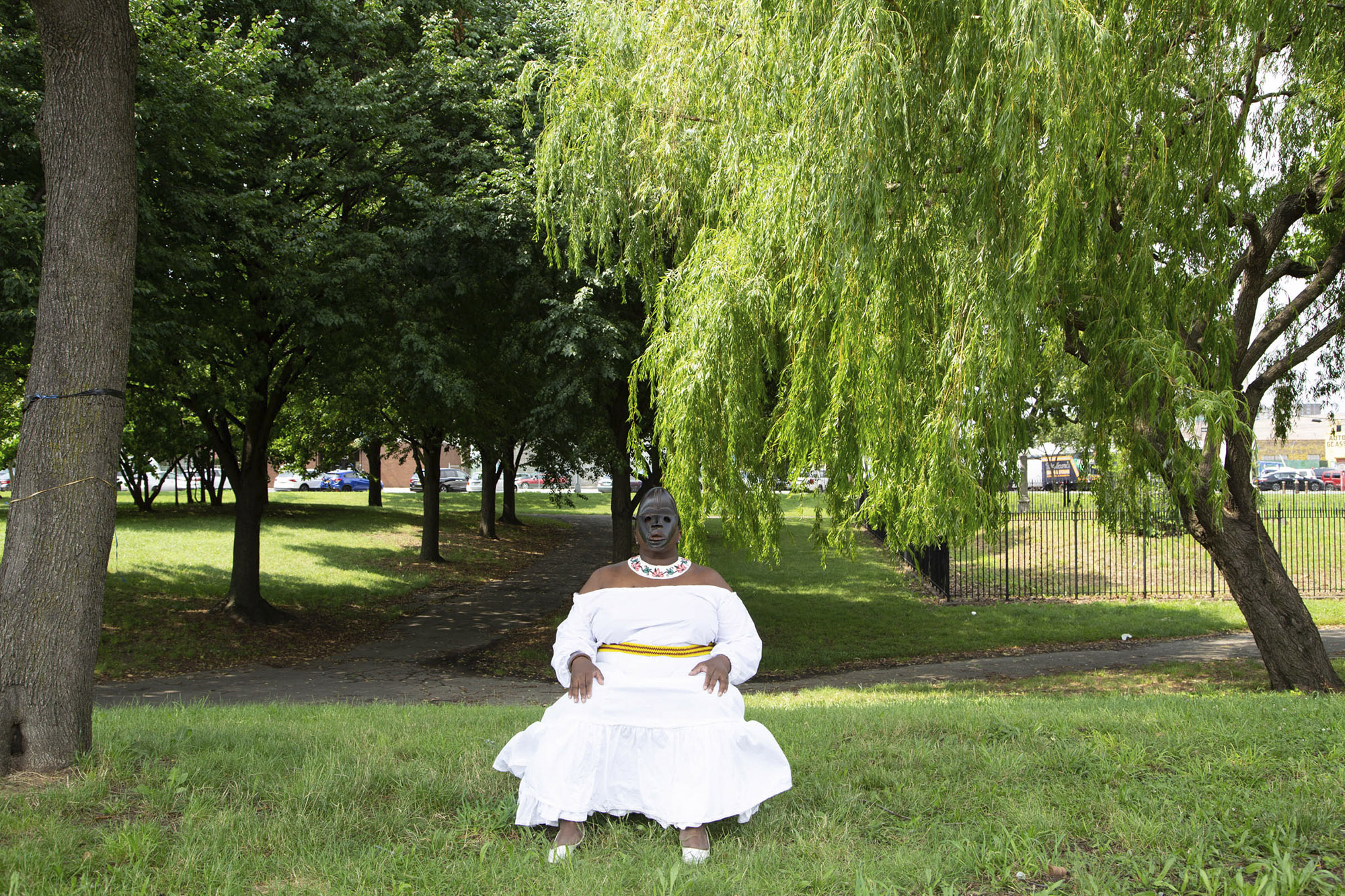
When The Mind Forgets The Soul Remembers, Enslaved African Burial Ground, Bronx, NY, 2021
Morris adds: ‘I think Faustine's use of narrative in the series is actually complex because, while White Shoes is obviously a series and is largely laid out chronologically, the artist has very carefully conceived each photograph as an individual work of art. Each work tells a story about the history of enslavement in the greater New York area. Each photograph stands as a record and as a contemporary acknowledgement of a story that may no longer be visible, or was long hidden, but that has played a part in making the city today what it is. In addition, there is no [single] overall narrative; Faustine has laid the [photographs] out in a specific order, but the viewer can enter the narrative at any given image and follow their own path of interest through the whole.’
‘Nona Faustine: White Shoes’ until 7 July 2024 at Elizabeth A Sackler Center for Feminist Art, 4th Floor, at Brooklyn Museum
Receive our daily digest of inspiration, escapism and design stories from around the world direct to your inbox.
Check our round-up for more New York art exhibitions to see this summer
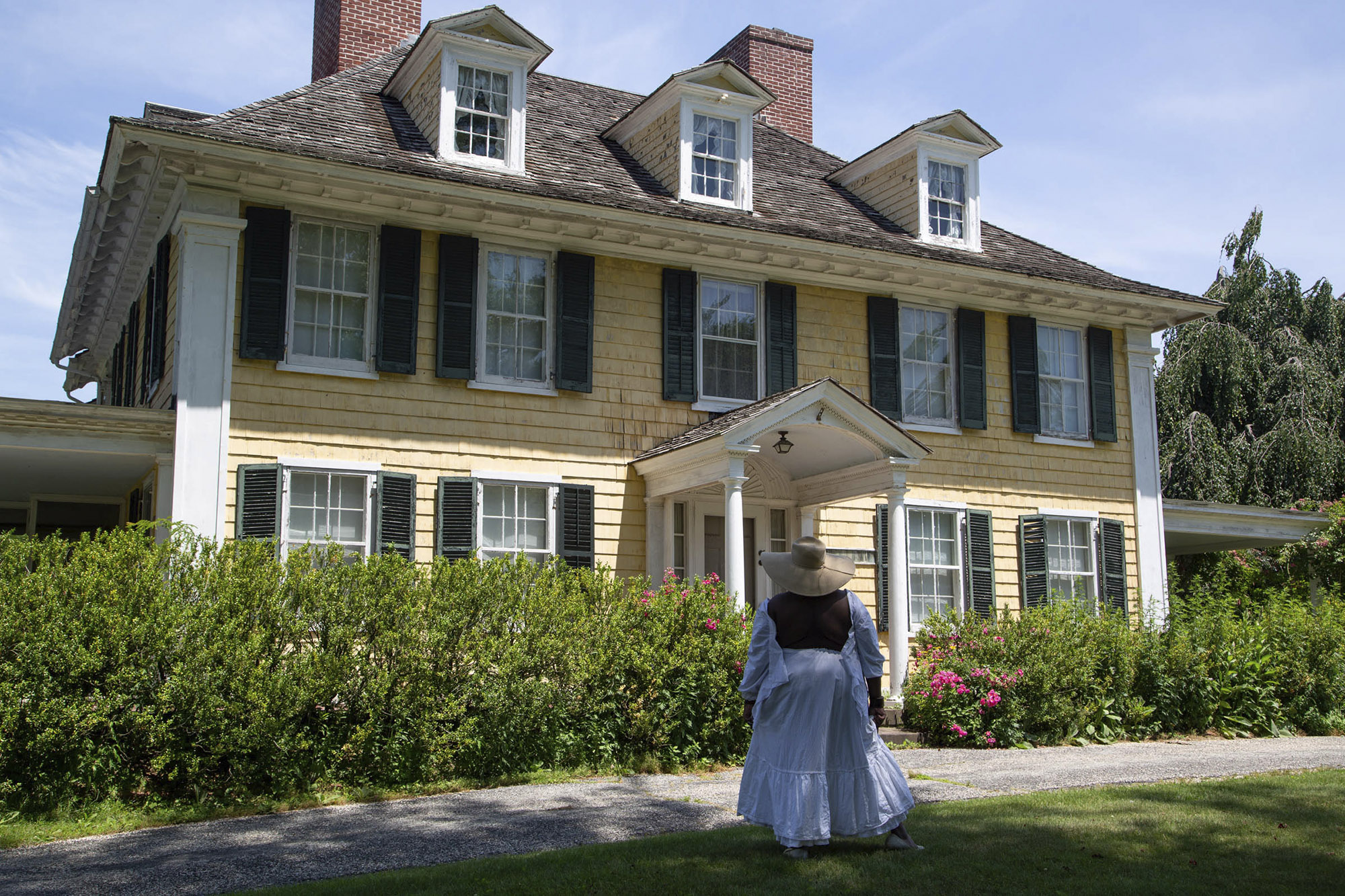
Having Dug Deep Beneath the Surface I Am The Foundation, Sylvester Manor, Shelter
Island, 2021
Hannah Silver is the Art, Culture, Watches & Jewellery Editor of Wallpaper*. Since joining in 2019, she has overseen offbeat art trends and conducted in-depth profiles, as well as writing and commissioning extensively across the worlds of culture and luxury. She enjoys travelling, visiting artists' studios and viewing exhibitions around the world, and has interviewed artists and designers including Maggi Hambling, William Kentridge, Jonathan Anderson, Chantal Joffe, Lubaina Himid, Tilda Swinton and Mickalene Thomas.
-
 How We Host: Interior designer Heide Hendricks shows us how to throw the ultimate farmhouse fête
How We Host: Interior designer Heide Hendricks shows us how to throw the ultimate farmhouse fêteThe designer, one half of the American design firm Hendricks Churchill, delves into the art of entertaining – from pasta to playlists
-
 Arbour House is a north London home that lies low but punches high
Arbour House is a north London home that lies low but punches highArbour House by Andrei Saltykov is a low-lying Crouch End home with a striking roof structure that sets it apart
-
 25 of the best beauty launches of 2025, from transformative skincare to offbeat scents
25 of the best beauty launches of 2025, from transformative skincare to offbeat scentsWallpaper* beauty editor Mary Cleary selects her beauty highlights of the year, spanning skincare, fragrance, hair and body care, make-up and wellness
-
 Nadia Lee Cohen distils a distant American memory into an unflinching new photo book
Nadia Lee Cohen distils a distant American memory into an unflinching new photo book‘Holy Ohio’ documents the British photographer and filmmaker’s personal journey as she reconnects with distant family and her earliest American memories
-
 Out of office: The Wallpaper* editors’ picks of the week
Out of office: The Wallpaper* editors’ picks of the weekIt’s been a week of escapism: daydreams of Ghana sparked by lively local projects, glimpses of Tokyo on nostalgic film rolls, and a charming foray into the heart of Christmas as the festive season kicks off in earnest
-
 Ed Ruscha’s foray into chocolate is sweet, smart and very American
Ed Ruscha’s foray into chocolate is sweet, smart and very AmericanArt and chocolate combine deliciously in ‘Made in California’, a project from the artist with andSons Chocolatiers
-
 Inside the work of photographer Seydou Keïta, who captured portraits across West Africa
Inside the work of photographer Seydou Keïta, who captured portraits across West Africa‘Seydou Keïta: A Tactile Lens’, an exhibition at the Brooklyn Museum, New York, celebrates the 20th-century photographer
-
 Out of office: The Wallpaper* editors’ picks of the week
Out of office: The Wallpaper* editors’ picks of the weekFrom sumo wrestling to Singaporean fare, medieval manuscripts to magnetic exhibitions, the Wallpaper* team have traversed the length and breadth of culture in the capital this week
-
 María Berrío creates fantastical worlds from Japanese-paper collages in New York
María Berrío creates fantastical worlds from Japanese-paper collages in New YorkNew York-based Colombian artist María Berrío explores a love of folklore and myth in delicate and colourful works on paper
-
 Out of office: the Wallpaper* editors’ picks of the week
Out of office: the Wallpaper* editors’ picks of the weekAs we approach Frieze, our editors have been trawling the capital's galleries. Elsewhere: a 'Wineglass' marathon, a must-see film, and a visit to a science museum
-
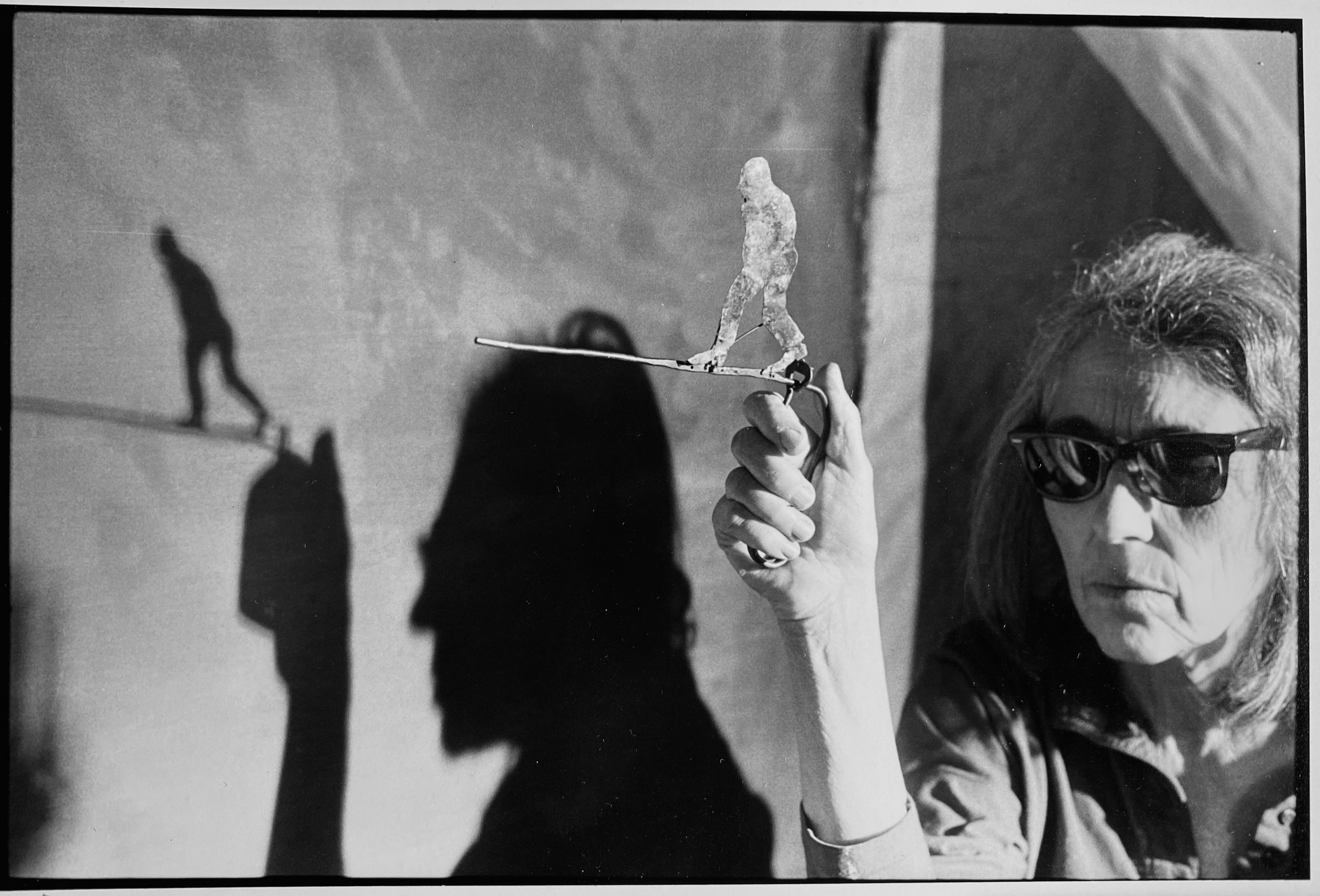 June Leaf’s New York survey captures a life in motion
June Leaf’s New York survey captures a life in motionJune Leaf made art in many forms for over seven decades, with an unstoppable energy and fierce appetite leading her to rationalise life in her own terms.